Optimal Timing for Shrub Trimming
Understanding the optimal timing for shrub trimmings ensures healthy growth and maintains the aesthetic appeal of landscape plants. Properly timed trimming can promote vigorous growth, improve plant health, and prevent disease.

Early spring is ideal for shaping and removing dead or damaged branches before active growth begins.
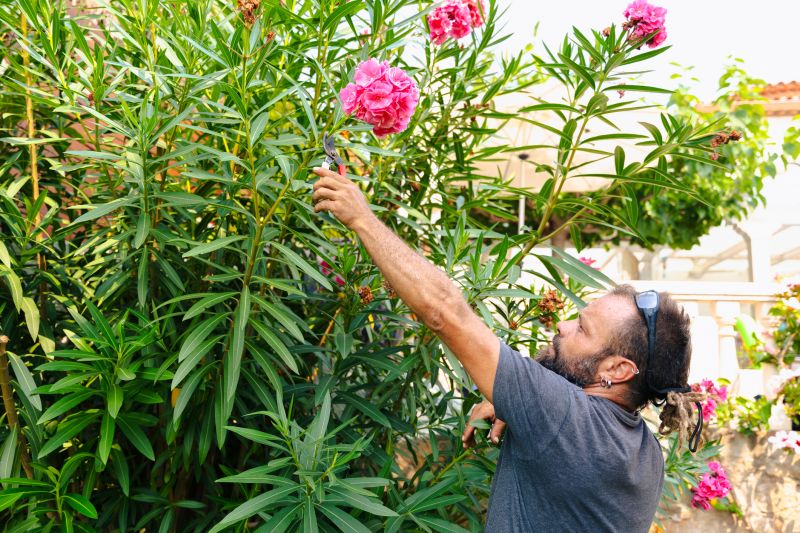
Light trimming during summer helps control size and encourages fuller growth.

Late fall trimming prepares shrubs for winter, removing any weak or diseased branches.

Ways to make Shrub Trimmings work in tight or awkward layouts.
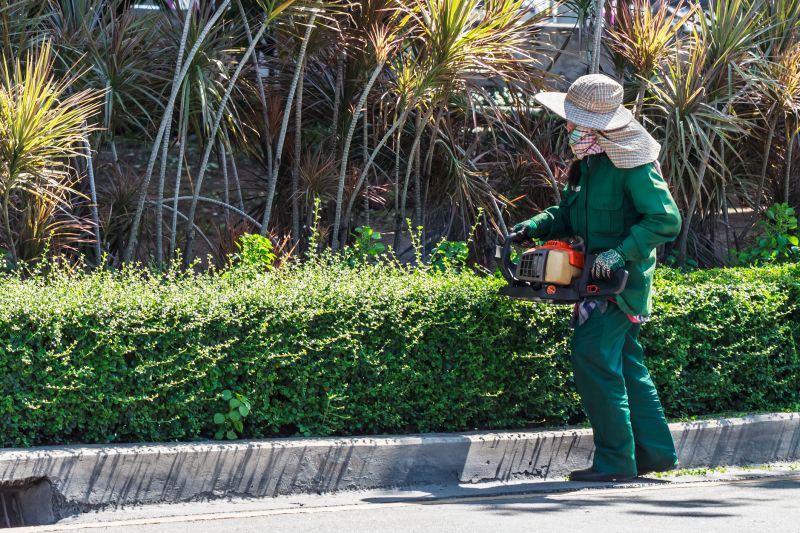
Popular materials for Shrub Trimmings and why they hold up over time.

Simple add-ons that improve Shrub Trimmings without blowing the budget.
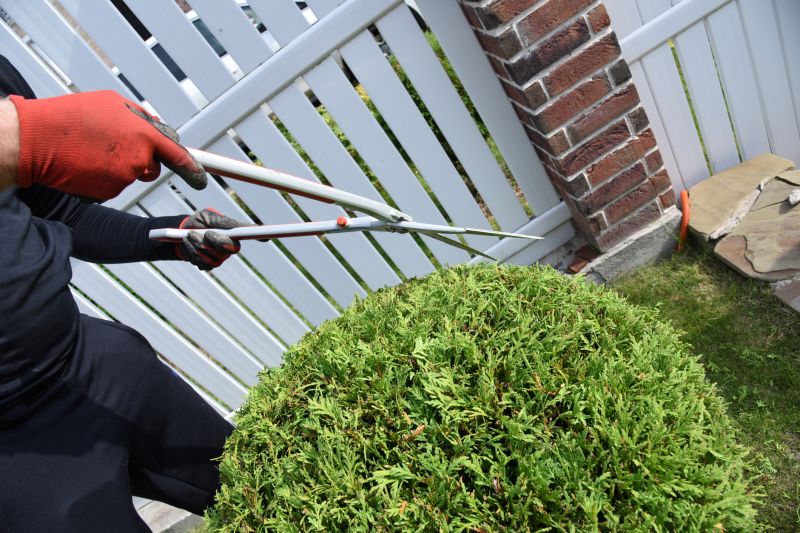
High-end options that actually feel worth it for Shrub Trimmings.
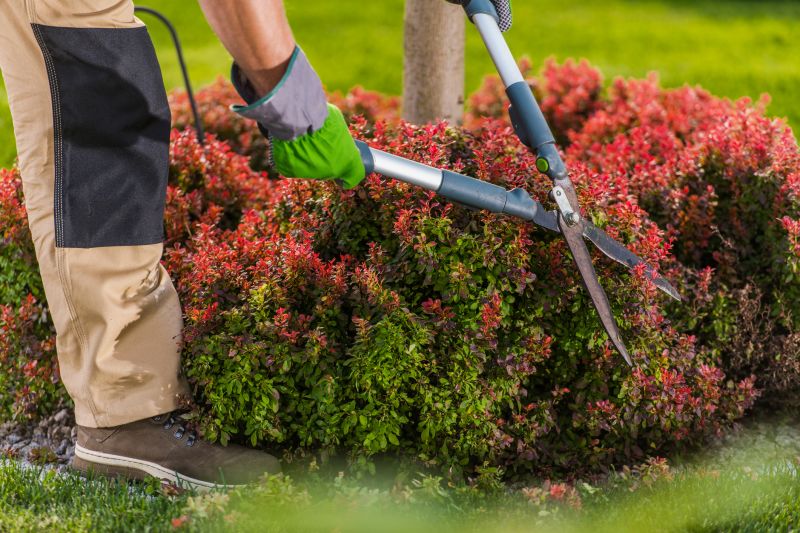
Finishes and colors that play nicely with Shrub Trimmings.
Shrub trimmings involve the strategic removal of specific parts of a shrub to promote health, shape, and size. Proper trimming techniques can prevent overgrowth, improve flowering, and extend the lifespan of plants. The timing of these activities is crucial; trimming too early or too late can hinder plant recovery and growth. Statistics indicate that shrubs trimmed during their active growth phase tend to recover faster and produce more vibrant foliage.
Encourages new growth and enhances flowering potential.
Focus on light pruning to maintain shape without stressing plants.
Remove dead or diseased branches to prepare for winter dormancy.
Avoid trimming during extreme heat or cold to prevent stress.

Supports healthy development as plants emerge from dormancy.

Helps maintain shape and controls overgrowth.

Late fall trimming reduces disease risk and prepares plants.
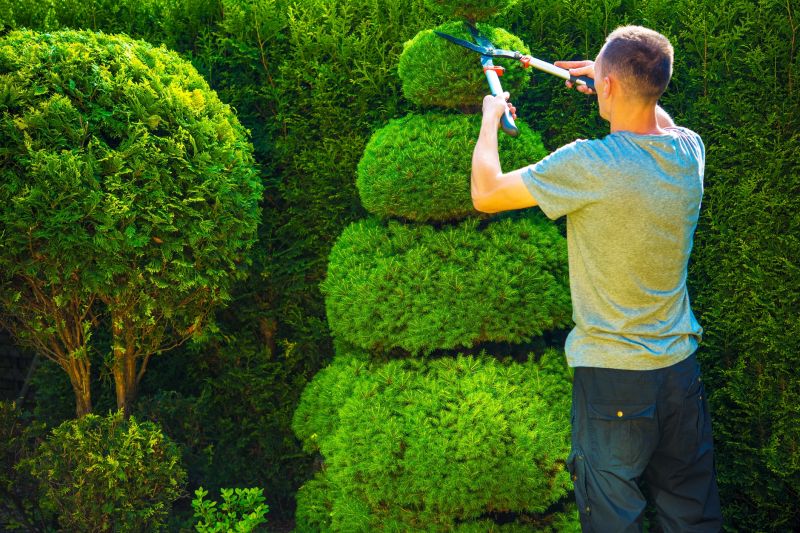
Regular trimming promotes vigorous growth and flowering.

Timing trims with growth spurts maximizes benefits.
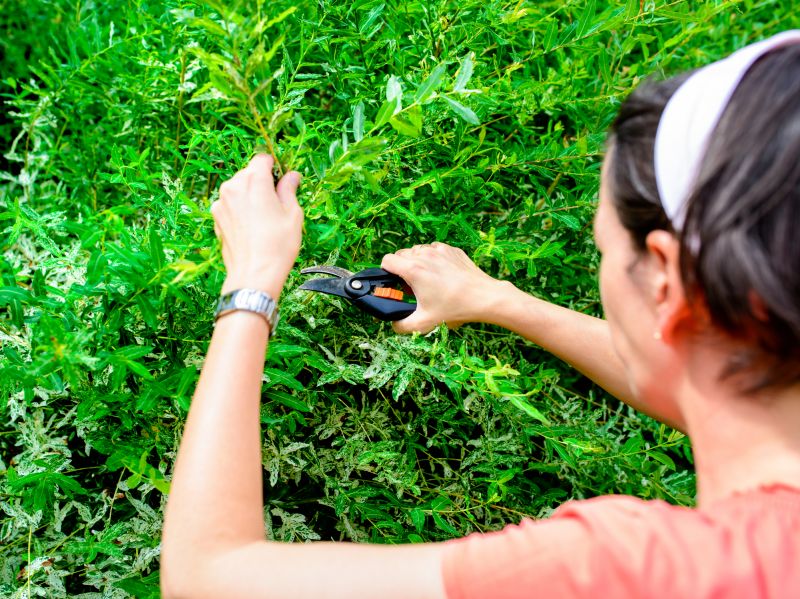
Removing diseased branches at appropriate times prevents spread.

Proper timing keeps shrubs attractive year-round.

Adjust trimming schedules based on shrub species and local climate.
| Season | Recommended Trimming Activities |
|---|---|
| Spring | Shape shrubs, remove dead or damaged branches before growth begins. |
| Summer | Light pruning to control size and promote fuller foliage. |
| Fall | Remove weak or diseased branches, prepare for winter dormancy. |
| Winter | Minimal trimming, focus on removing broken branches if necessary. |
| Early Spring | Support healthy growth and flowering. |
| Late Summer | Thin out overly dense areas for better air circulation. |
| Late Fall | Finalize trimming to protect against winter damage. |
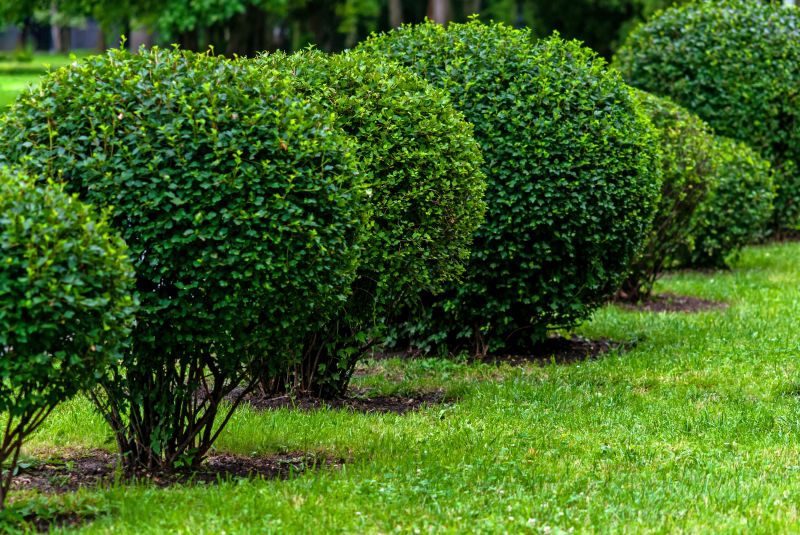
Showcasing healthy, well-maintained shrubs after trimming.

Visual examples of trimming across different seasons.
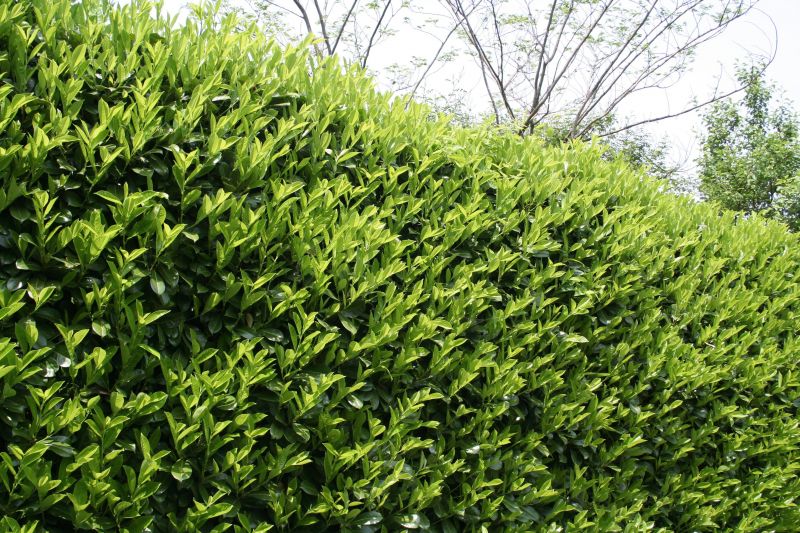
Shrubs with vigorous growth following proper trimming.

Shrubs ready for winter dormancy after trimming.
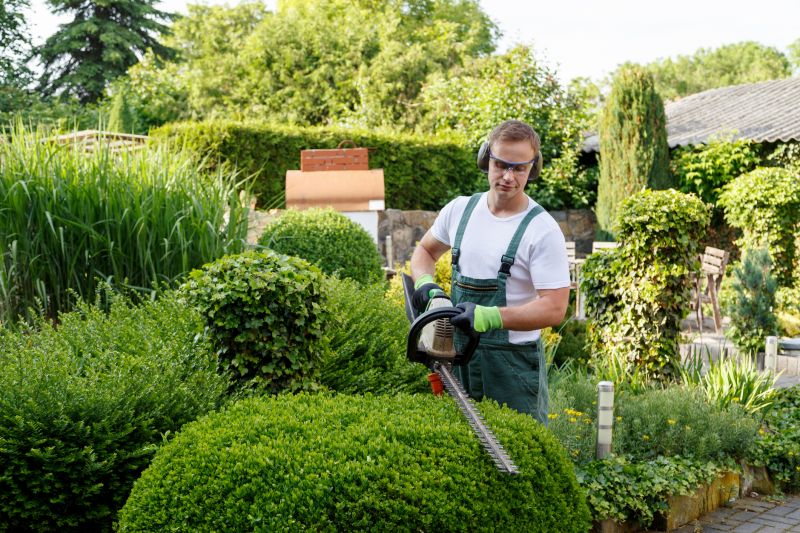
A 60-second routine that keeps Shrub Trimmings looking new.
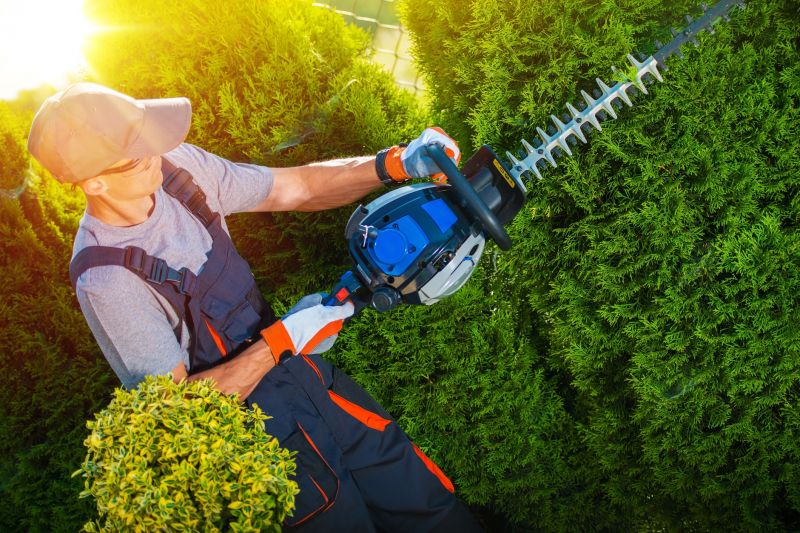
A frequent mistake in Shrub Trimmings and how to dodge it.

Small tweaks to make Shrub Trimmings safer and easier to use.
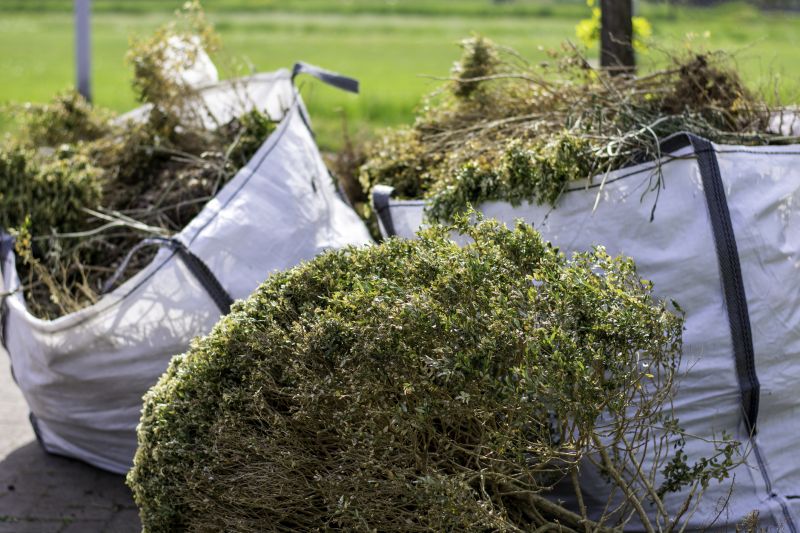
Lower-waste or water-saving choices for Shrub Trimmings.
Proper shrub trimming is essential for maintaining landscape aesthetics and plant health. Timing considerations, combined with correct techniques, can significantly influence the vitality and appearance of shrubbery. For residents in Sioux Falls, SD, understanding seasonal needs and local climate factors is key to effective shrub maintenance.
Interested in scheduling shrub trimmings or learning more about optimal timing? Filling out the contact form can connect with local landscape professionals experienced in shrub care tailored to Sioux Falls' climate and landscape needs.
